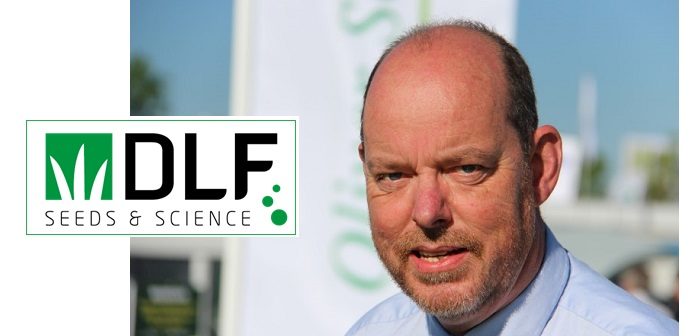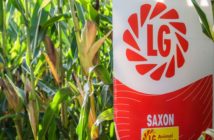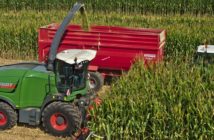Demand for fast-growing Westerwolds grasses has increased ten-fold this year, as farmers try to replenish a shortage of fodder, according to DLF Seeds.
The company, which has sites throughout England and Scotland, said early year wet winter, followed by a cold spring and now a hot, dry summer has left many livestock producers without sufficient fresh grass or silage. As a result, many are already feeding winter silage stocks, and are desperate to get new grass leys in the ground.
“Westerwolds are the most vigorous grass varieties out there and once they’re sown and have germinated, stock can be grazing them within eight to 10 weeks,” said David Rhodes (pictured above), technical manager at DLF. “That compares to a wait of around 12 weeks with perennial ryegrass, so it’s unsurprising that demand has rocketed.”
In addition to rising UK demand, sales in the Republic of Ireland are also likely to soar, says DLF. This follows the country’s announcement of a €2.75m (£2.48m) fund to incentivise arable producers to sow temporary grass leys. Farmers growing between 3ha and 50ha of additional short-rotation grass over the winter will receive €155/ha (£140/ha) in a bid to increase fodder availability.
“Westerwolds will yield 2-5t/ha in the autumn, then you can shut up fields to take a silage cut in the spring before sowing spring crops,” said Mr Rhodes. “The grass is extremely fast-growing, and is very responsive to fertiliser – so it is capable of producing up to 20t of dry matter/ha in its first year before being replaced with an alternative crop.
“Ideally, it should be sown in August to early September, although it can be drilled up until the second week in October, making it a suitable option after maize. I can see that being a big market this autumn. You can plough and prepare as usual or simply harrow and roll it into a decent seedbed. Once it’s up and away it becomes the perfect solution to the feed gap that farmers are experiencing.”




